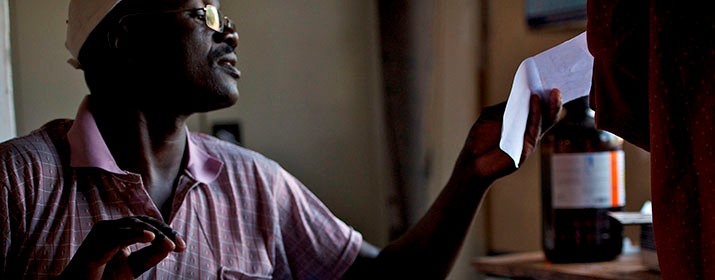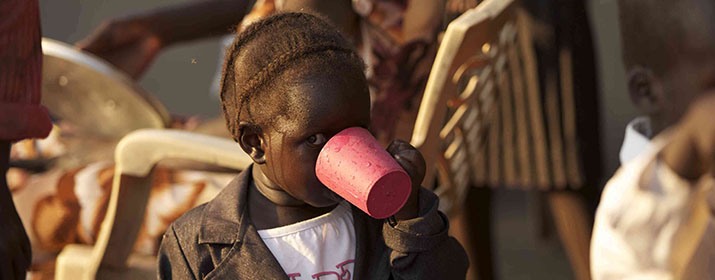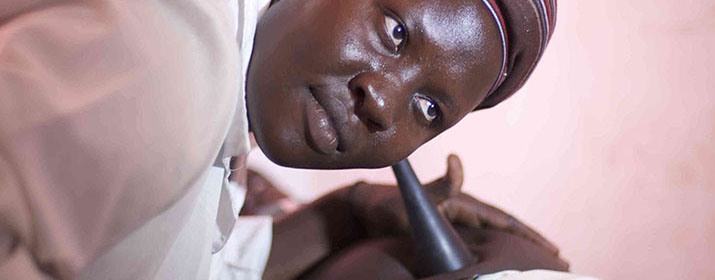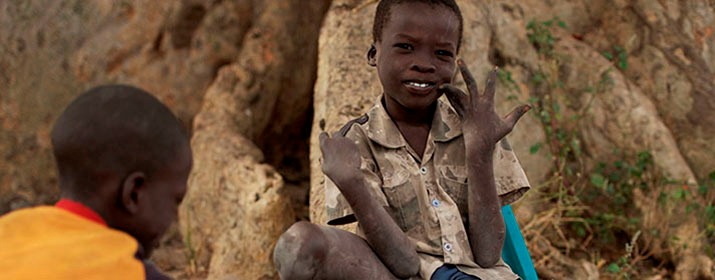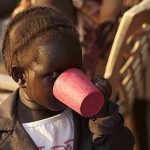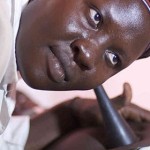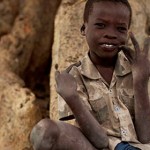In December 2013, with violence erupting between opposing factions in South Sudan, large movements of population and IDPs took place and affected the health situation in several parts of the country, including Jonglei State. In Ayod County, the RRC (Relief and Rehabilitation Commissioner) reported to UNOCHA an estimated number of 54,000 that were displaced from Bor, Malakal seeking refuge in Ayod. However, with the fighting in Ayod (April 27th – 28th), people were again displaced to further remote locations (Jiech, Pagil, Mogok, Canal, Gorwai) and some crossing to the Western Islands. COSV compound in Ayod was vandalised, and car commandeered.
From March 2013 SMART survey conducted in Ayod County, it revealed a very concerning level of acute malnutrition. The nutrition status of the most vulnerable groups (children under five years, pregnant and lactating mothers) ultimately, with the looming seasonal floods that hamper access to vulnerable groups in a conflict zone sets the scene for a multi-faceted disaster and gives rise to a challenge for humanitarian access and intervention demanding high resources to access and prevent mortality and morbidity due to malnutrition. Jiech, Pagil and Menime have airstrips but the looming rain is soon making the airstrips inaccessible by fixed wings, while Mogok has an airstrip that was last used 8 years ago, and can only be accessed today by a Helicopter. Gorwai is another location of massive IDP settlement but can only be accessed by a helicopter as no airstrip exists.
Ayod County health department still have inadequate capacity to prepare and timely respond to nutrition and health emergencies in the county of Ayod.
Our responses targets children under five years, pregnant mothers, and people affected by Kala-azar. Interventions focus in IDP areas envisaged to have serious gaps in responses such Jiech, Pagil, Menime, Canal and Mogok, all areas where COSV is currently having collaboration with WFP and UNICEF for supply of nutrition commodities. These facilities are: Jiech PHCU and Pagil PHCU.
Given this picture, our intervention focuses on strengthening emergency nutrition care in the health facilities, serving the main IDP concentration points in Ayod county of Jonglei state, in order to enhance resilience.
We expect as a result the treatment of acute malnutrition among IDPs and host communities in hard-to access area enhanced through an integrated and community based approach.

